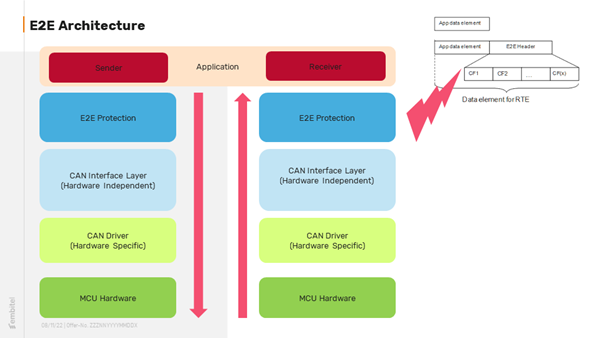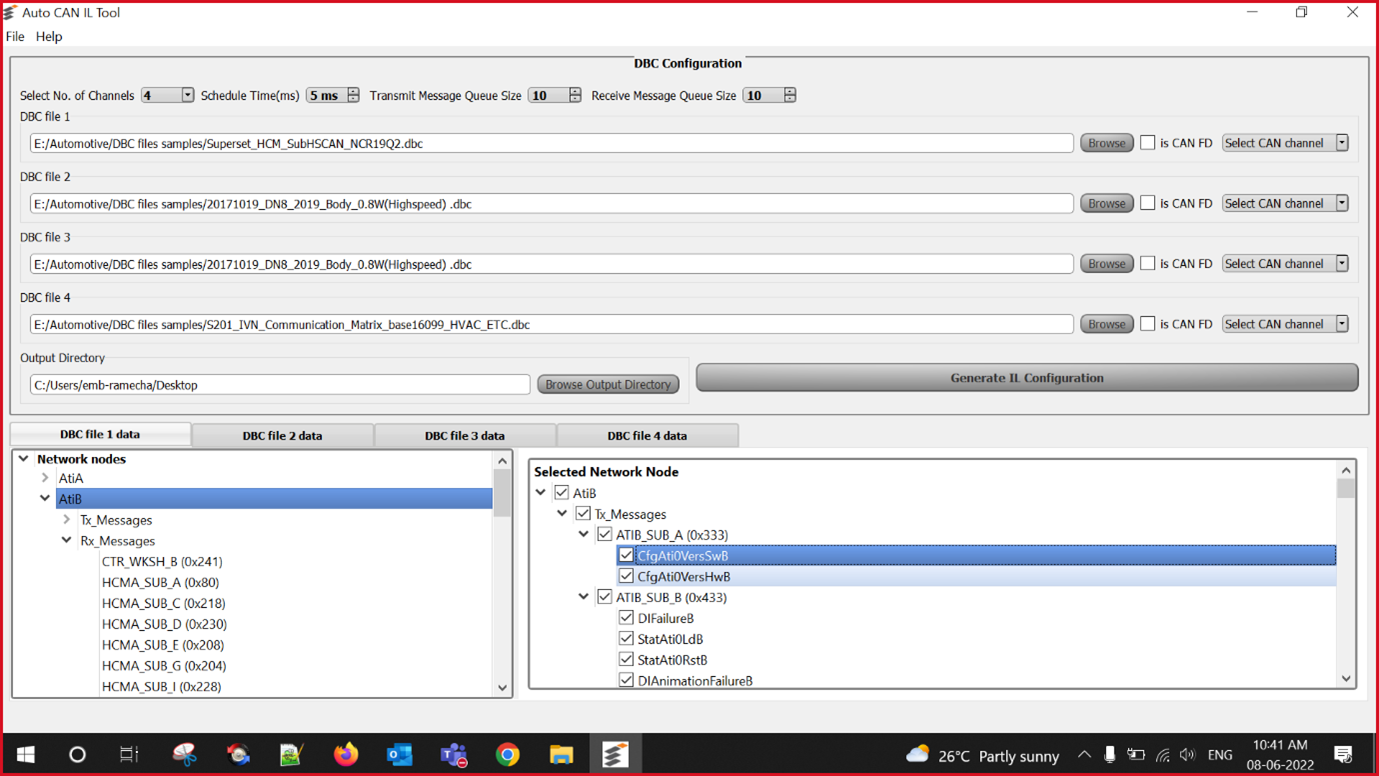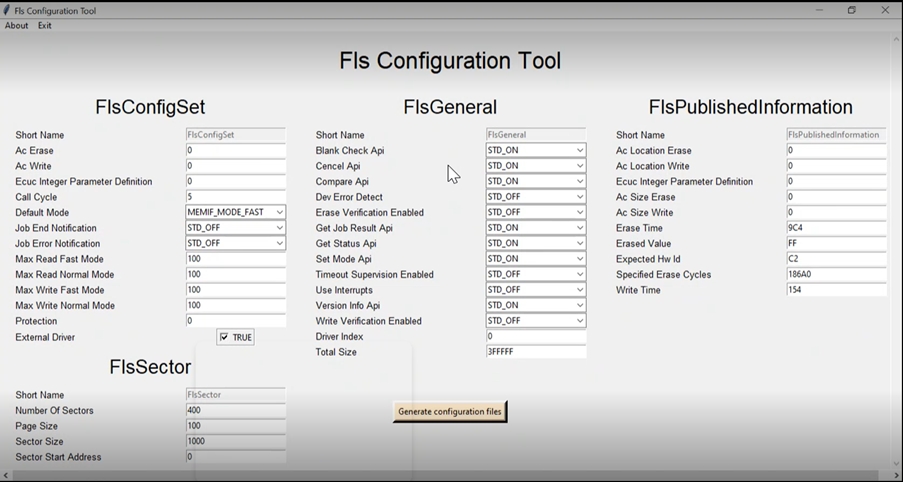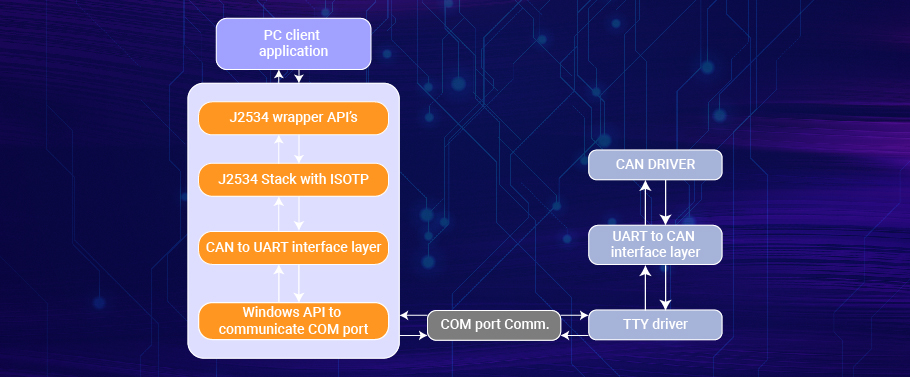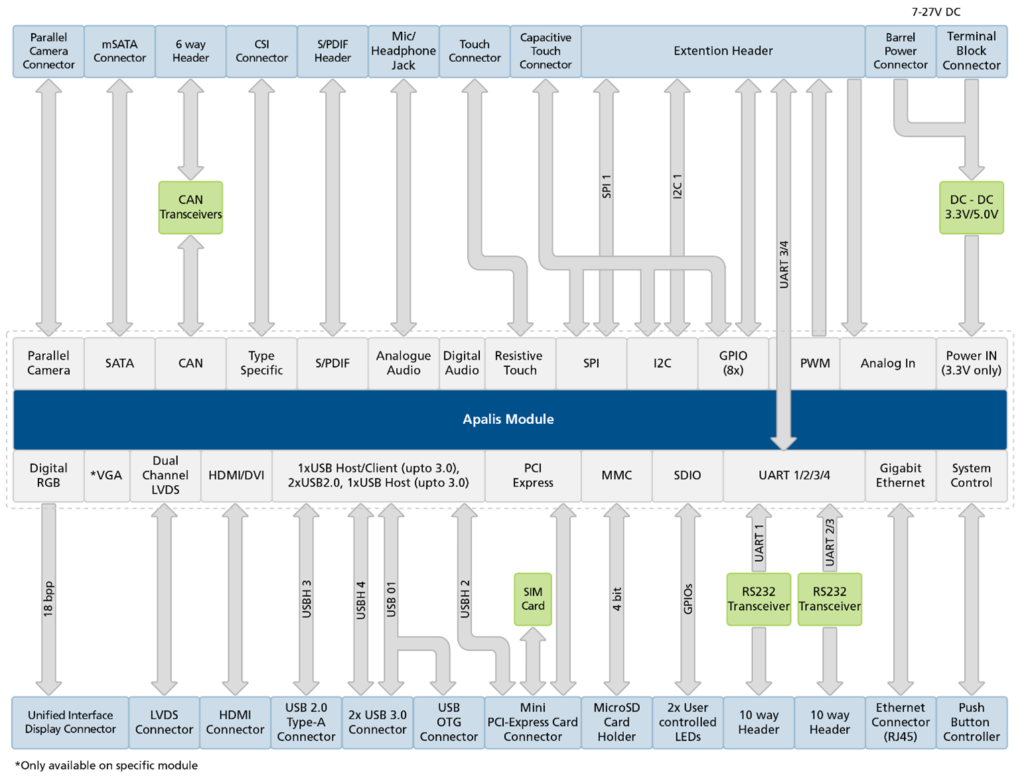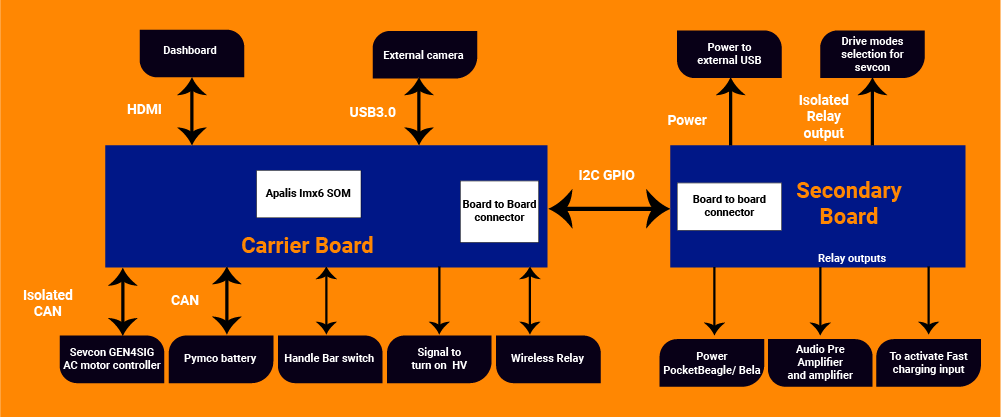Integration of CAN and UDS Stack on Android Automotive OS
Category : In-Vehicle Networking , Product Engineering
About the Customer:
Our customer is a Europe-based Tier-1 supplier of automotive electronics for leading automotive OEMs. They specialize in the development of electronic equipment for passenger, industrial and commercial vehicles.
Business Challenge:
The customer has transportation devices running on Android Automotive OS 8.1. They were working on after-sales maintenance and repair of the devices. In this regard, they wanted to integrate CAN and UDS protocol stacks in their product to expedite vehicle diagnostics functionality.
The customer found that Embitel offers ready-to-deploy CAN and UDS stacks. We also have a capable IoT engineering team with experience developing infotainment system on Android Automotive.
Our automotive and IoT case studies highlighting our past projects compelled them to partner with us for this project.
Embitel Solution:
This was the first time our software stacks were being integrated on Android Automotive platform.
The customer provided us a custom board which was already running on Android 8.1 Automotive OS and also, shared their source code. Their complete work environment credentials were shared as well.
The challenge here was – We had the CAN and UDS stacks developed for MCU environment and we needed to adopt them for the Android based environment. Another challenge was to understand the customer code base and decide on the strategy to integrate the CAN and UDS stacks.
We integrated our proprietary CAN and UDS stacks with the customer’s existing software. We also performed system testing to validate all functionalities.
Here’s an overview of the steps we followed:
- Configured the CAN and UDS server stack code to be compatible with Android.
- Built the stack code as a shared library and evaluated it.
- Evaluated whether the expected responses are received when CAN data is sent from a simulation tool like PCAN.
- Tested for correct responses for all the UDS services integrated.
Ready-to-deploy UDS Stack
Embitel’s UDS stack enables diagnostics communication between the vehicle ECU and an external diagnostics device.
It offers a set of APIs to facilitate communication between the low-level software and the application software. The communication can be over CAN, Ethernet, K-Line, etc. Our stack is compliant with ISO 14229 and ISO 15765 standards.
The UDS stack has the following layers:
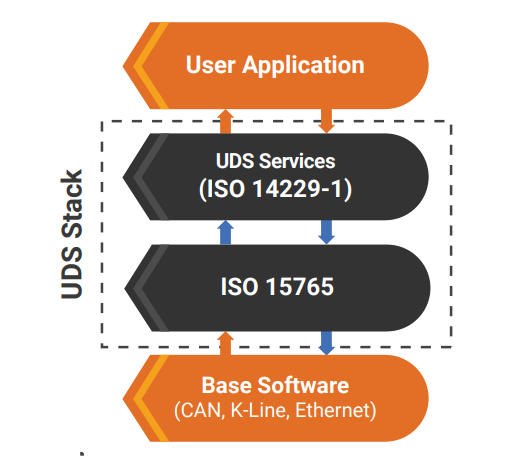
We assist customers in UDS protocol software integration with their hardware platform and testing.
Ready-to-deploy CAN Stack
Our CAN BUS protocol software is based on ISO 11898 standard. In automotive solutions that are under development, implementation of the stack enables ECU communication capabilities with reduced turn-around time.
The stack is ideal for supporting in-vehicle networking functionalities in passenger cars.
Our CAN stack has a modular architecture and is easy-to-integrate with various hardware systems. We have exhaustively tested the stack and test reports are shared with customers who purchase it from us.
We assist customers in the integration and configuration of CAN TP (ISO 15765) and Network Management layer. Our team also provides CAN stack testing support.
Embitel Impact:
The integration of the CAN and UDS stacks enabled the customer to equip their platform with various features related to ECU communication and off-board fault diagnostics. They can easily implement other desired functionalities on top of that, to enhance their diagnostic capabilities.
Tools and Technologies:
- Android 8.1 Automotive OS
- PCAN tool for validation
- PM tool for project management





